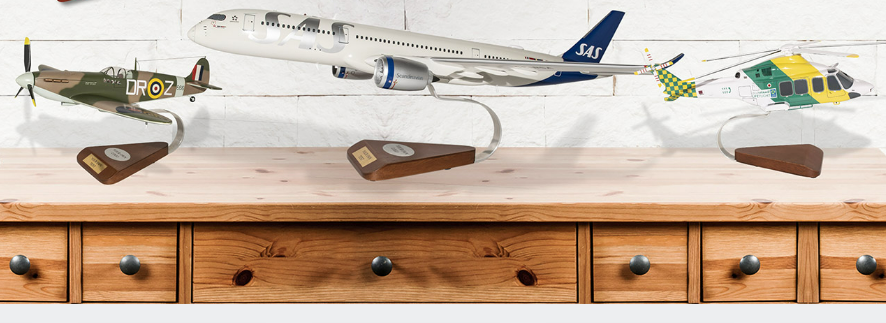
MyMahoganyModel Model Airplane Manufacturing: Crafting Masterpieces
Introduction
MyMahoganyModel model airplane manufacturing represents the art and science of creating miniature replicas of aircraft, often used for educational, decorative, or collection purposes. By maintaining control over the entire manufacturing process, factories can ensure high-quality craftsmanship, meeting the demands of various aviation enthusiasts, including pilots, airlines, collectors, museums, and more. Here’s an in-depth look into the process.
The Raw Materials: Quality is Key
The choice of materials is paramount in creating a perfect model airplane. Solid kiln-dried, renewable Philippine mahogany, and solid cast resin are commonly used. The use of kiln-dried mahogany offers longevity, intricate detailing possibilities, and an exquisite finish.
Designing Process
- Blueprint Analysis: It starts with an in-depth analysis of the aircraft’s blueprints to replicate every detail accurately.
- 3D Modeling: 3D software is often utilized to create a virtual model that will serve as a guide during crafting.
Hand-Crafting: The Heart of Manufacturing
- Cutting and Shaping: The wood or resin is cut and shaped with precision, reflecting the aircraft’s dimensions.
- Assembly: The parts are delicately assembled to form the aircraft structure.
- Sanding and Smoothing: Each piece is sanded to ensure a smooth finish, essential for painting and detailing.
Painting and Detailing
- Base Coat Application: Applying the base color ensures that the final colors and details will adhere properly.
- Detailing and Customization: Skilled artisans hand-paint every detail, from logos to intricate designs, making each piece unique.
- Sealing: A final sealant is applied to protect the paint and enhance the overall appearance.
Quality Control
- Inspection: Every model undergoes a thorough inspection to ensure that it meets the highest standards of quality.
- Packaging: Careful packaging ensures that each piece reaches the customer in pristine condition.
MyMahoganyModel model airplane manufacturing is a meticulous process that combines cutting-edge technology with traditional craftsmanship. The result is more than just a model; it’s a piece of art that reflects the aviation industry’s history and innovation.
In the Philippines we are at the forefront of this industry, offering replica handmade museum-quality wood model airplanes. By prioritizing quality materials like solid kiln-dried Philippine mahogany and employing skilled artisans, they manage to cater to a wide range of customers, from aviation professionals to gift seekers.
In a world where mass production often leads to a loss of individuality, the art of crafting model airplanes in this manner ensures that each piece is unique and special. It’s a tribute to aviation, craftsmanship, and the passion for detail that drives this fascinating industry.
